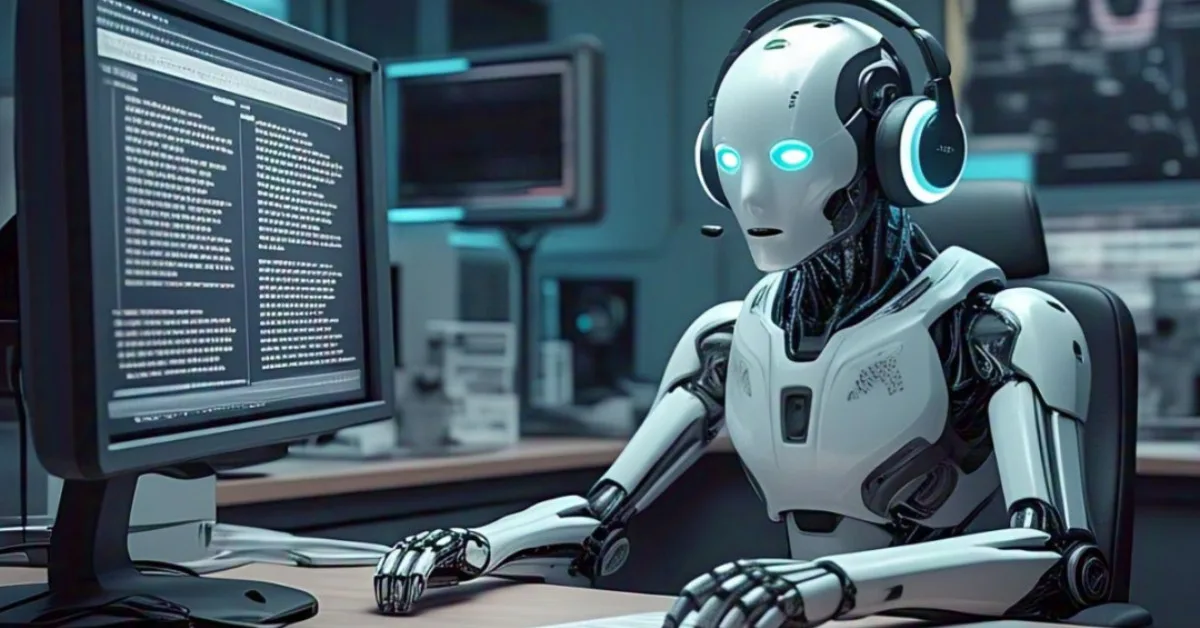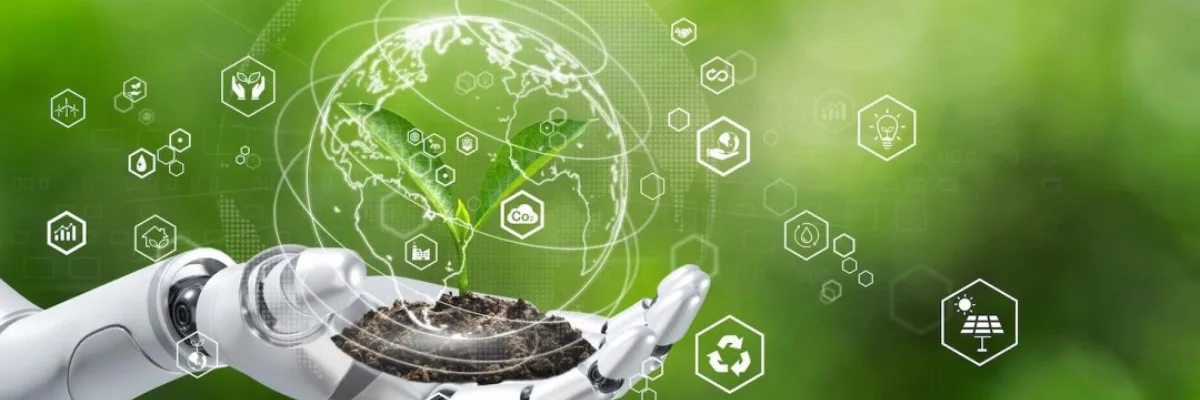Category: AI News
AI for a Greener Future: Transforming Sustainability with Technology
The Role of AI in Eco-Green Environment
Artificial Intelligence (AI) is playing a crucial role in promoting a sustainable and eco-friendly environment. With its ability to analyze vast amounts of data and optimize processes, AI is revolutionizing various sectors to reduce carbon footprints and protect natural resources.
1. AI in Renewable Energy
AI is enhancing the efficiency of renewable energy sources like solar and wind power. Smart grids powered by AI predict energy demand and optimize energy distribution, reducing waste and ensuring a stable power supply.
2. AI in Waste Management
AI-driven waste sorting systems help in recycling by identifying and separating different materials. Smart bins equipped with AI sensors ensure proper disposal of waste, reducing landfill accumulation and promoting a cleaner environment.
3. AI in Climate Monitoring
AI is used to analyze climate patterns and predict environmental changes. It helps in detecting deforestation, tracking air pollution, and forecasting natural disasters, enabling timely interventions to mitigate environmental damage.
4. AI in Sustainable Agriculture
AI-powered drones and sensors help farmers monitor soil conditions, water usage, and crop health. Precision farming techniques reduce pesticide use, conserve water, and increase crop yields, making agriculture more sustainable.
5. AI in Smart Cities
AI is transforming urban planning with intelligent traffic management, reducing congestion and emissions. AI-driven smart buildings optimize energy consumption, contributing to a greener and more sustainable future.
By integrating AI into environmental initiatives, we can create a smarter and greener planet. AI-driven solutions help combat climate change, conserve resources, and pave the way for a sustainable future.
How Do LLMs Think? 5 Approaches Powering the Next Generation of AI Reasoning
Large Language Models (LLMs) have revolutionized artificial intelligence, but how do they actually “think”? While they don’t think like humans, they use sophisticated reasoning techniques to generate responses, solve problems, and learn from data. Here are five key approaches that power the next generation of AI reasoning.
1. Transformer-Based Deep Learning
At the core of LLMs is the Transformer architecture, which processes large amounts of text using self-attention mechanisms. This enables AI to understand context, predict the next word, and generate coherent, human-like text. Models like GPT-4 and Gemini use billions of parameters to analyze patterns and create meaningful responses.
2. Retrieval-Augmented Generation (RAG)
Instead of relying solely on pre-trained knowledge, AI models can retrieve relevant data from external sources in real time. This hybrid approach improves accuracy, allowing LLMs to provide up-to-date information and reduce hallucinations in responses.
3. Few-Shot and Zero-Shot Learning
LLMs can perform tasks with minimal examples, known as few-shot learning, or even without any prior examples, called zero-shot learning. This ability enhances adaptability, allowing AI to handle diverse tasks without requiring extensive retraining.
4. Chain-of-Thought (CoT) Reasoning
To improve problem-solving, AI models use chain-of-thought reasoning, where they break down complex problems into logical steps before arriving at a final answer. This technique significantly enhances AI’s ability to tackle mathematical problems, logical reasoning, and real-world decision-making.
5. Reinforcement Learning from Human Feedback (RLHF)
AI models are continuously refined using human feedback to improve response quality. By learning from user preferences and corrections, LLMs become better at producing accurate, ethical, and helpful content over time.
AI Revolution: Transforming Healthcare, Finance & Daily Life with Cutting-Edge Innovations

Artificial Intelligence (AI) continues to make headlines with its rapid advancements and diverse applications across industries. From revolutionizing healthcare to reshaping finance and enhancing daily life, AI is pushing boundaries like never before.
Transforming Healthcare
To begin with, AI is making significant strides in the healthcare sector. For example, Apollo Hospitals in India is increasing its investment in AI to automate routine medical documentation, thereby reducing the workload on medical staff. As a result, doctors will have an additional two to three hours per day to focus on patient care. Meanwhile, venture capitalists are turning to AI to revitalize the healthtech sector, which is expected to enhance efficiency and innovation.
Advancements in Finance
Similarly, the financial industry is leveraging AI to enhance customer service and combat fraud. In fact, NatWest, a leading UK bank, has partnered with OpenAI to upgrade its digital assistants, such as Cora and AskArchie. Consequently, customers will experience improved service while the bank reduces operational costs.
AI Agents and Virtual Assistants
In addition, AI agents are gaining traction. For instance, companies like OpenAI and Cohere have introduced AI-powered systems capable of independently performing tasks such as web browsing and travel booking. Not only that, advancements in Generative AI are transforming virtual assistants, making them smarter and more intuitive.
Global Developments
Beyond that, AI innovations are also making waves globally. In particular, China’s AI agent, Manus, is emerging as a strong competitor to ChatGPT and Claude. Moreover, a groundbreaking AI-powered machine learning model by AstraZeneca can detect diseases even before symptoms appear. Thus, AI is proving to be a game-changer in early disease detection and medical research.
AI’s rapid advancements are reshaping healthcare, finance, and daily life. With smarter assistants, automated systems, and AI-powered innovations, the future looks increasingly efficient and technology-driven. Going forward, as AI continues to evolve, industries and individuals alike will experience even greater transformation.


